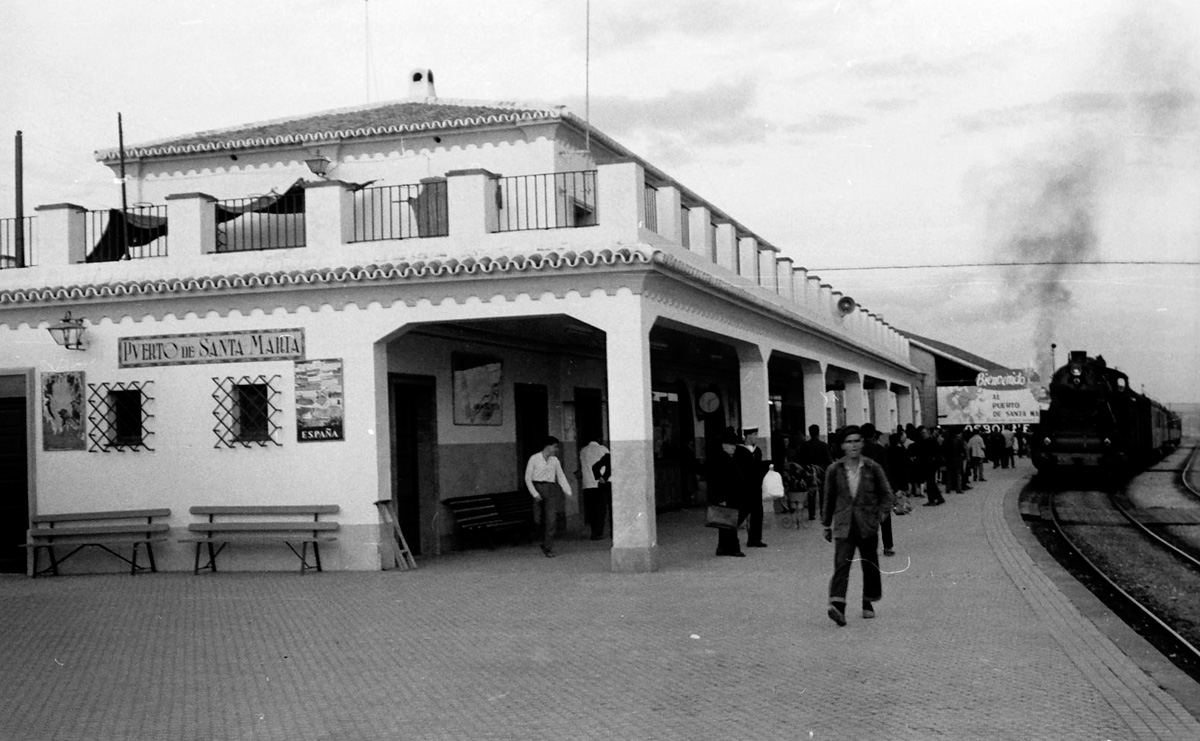Entre Ríos Greenway Nature Trail
Historia del Ferrocarril

(CABRERA PÉREZ-CABALLERO, JUAN BAUTISTA)
This coastal railway (at no point more than 1.5 km from the sea) was a relatively late line, fully inaugurated in 1898. It was a curious project from the start: even contemporaries were puzzled by the decision to build a new railway almost parallel to an existing one —the Jerez–Sanlúcar–Puerto de Bonanza line. That earlier railway, part of the Ferrocarriles Andaluces network, already ran just 12 km further inland and was struggling financially.
The story of the new railway’s origins is equally unusual. Its first promoters were Portuguese investors, but the venture quickly passed into the hands of the Belgian company Compañía Belga de los Caminos de Hierro Vecinales de Andalucía. Despite its long and impressive name, this was a modest line of just 37 km, and as was soon evident, it proved unprofitable almost from the very beginning.
Freight traffic was minimal, and outside the summer season, passenger numbers were dismal. The owners tried to get rid of the lineas soon as possible, and by 1919 the line had been sold to Ferrocarriles Andaluces, which took over operations until its nationalisation under Renfe in 1941.
Surprisingly, this modest railway enjoyed a brief boom in the mid-1950s with the construction of the Rota naval base, used jointly by the Spanish and US navies. During those years, the railway played a vital role in transporting building materials. Uniquely in Spain, the line actually ran straight through the centre of the military base. Once the works were completed, however, the railway returned to its usual decline. Despite being located in a highly touristic area, as was the case with a plethora of Spain's stations, the final train on this line ran on New Year’s Eve, 1984. Over the years, there have been occasional calls to reopen the line, but the reality today is that Sanlúcar de Barrameda —once served by two separate railway lines— now preserves only the memory of its trains.

